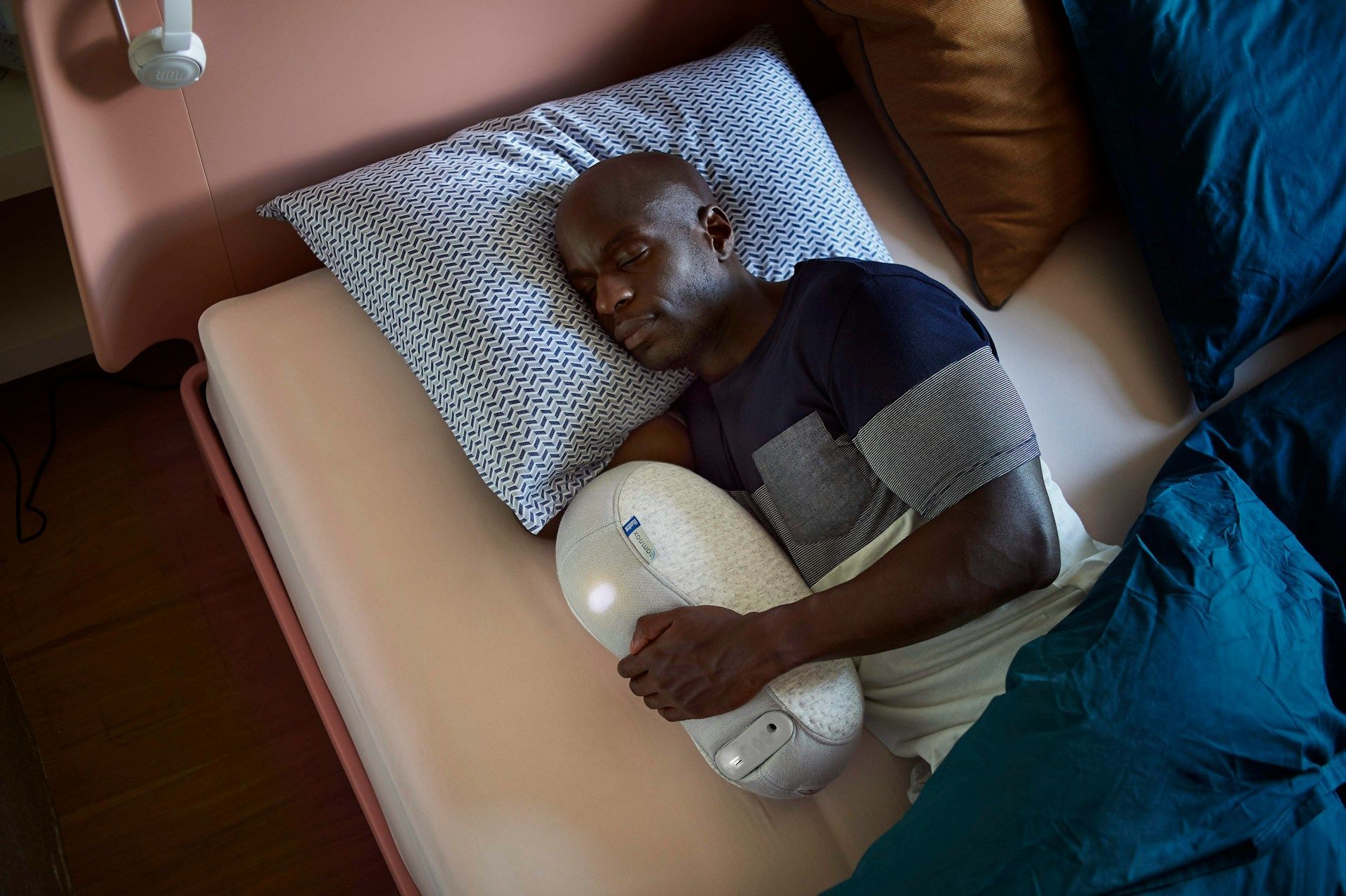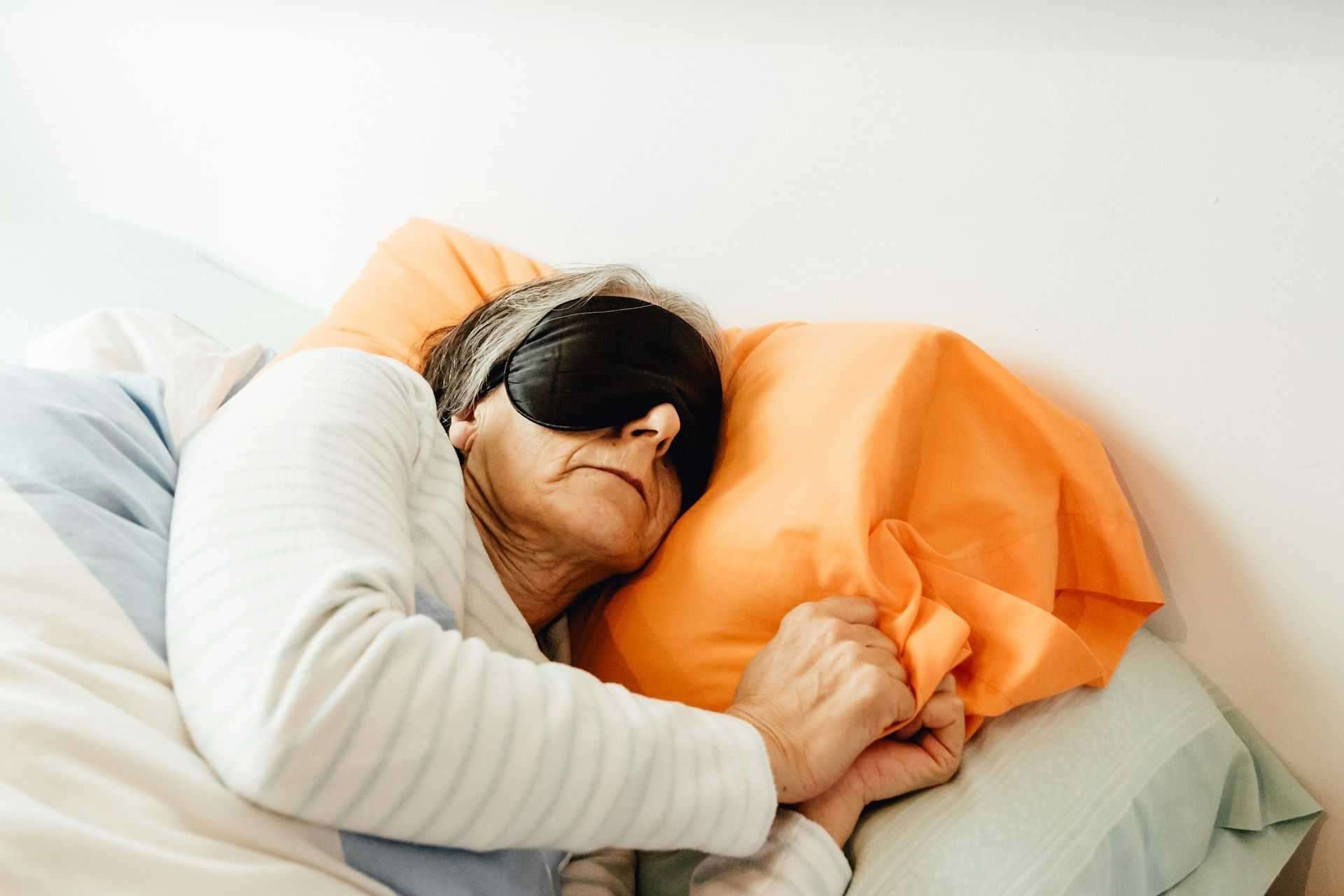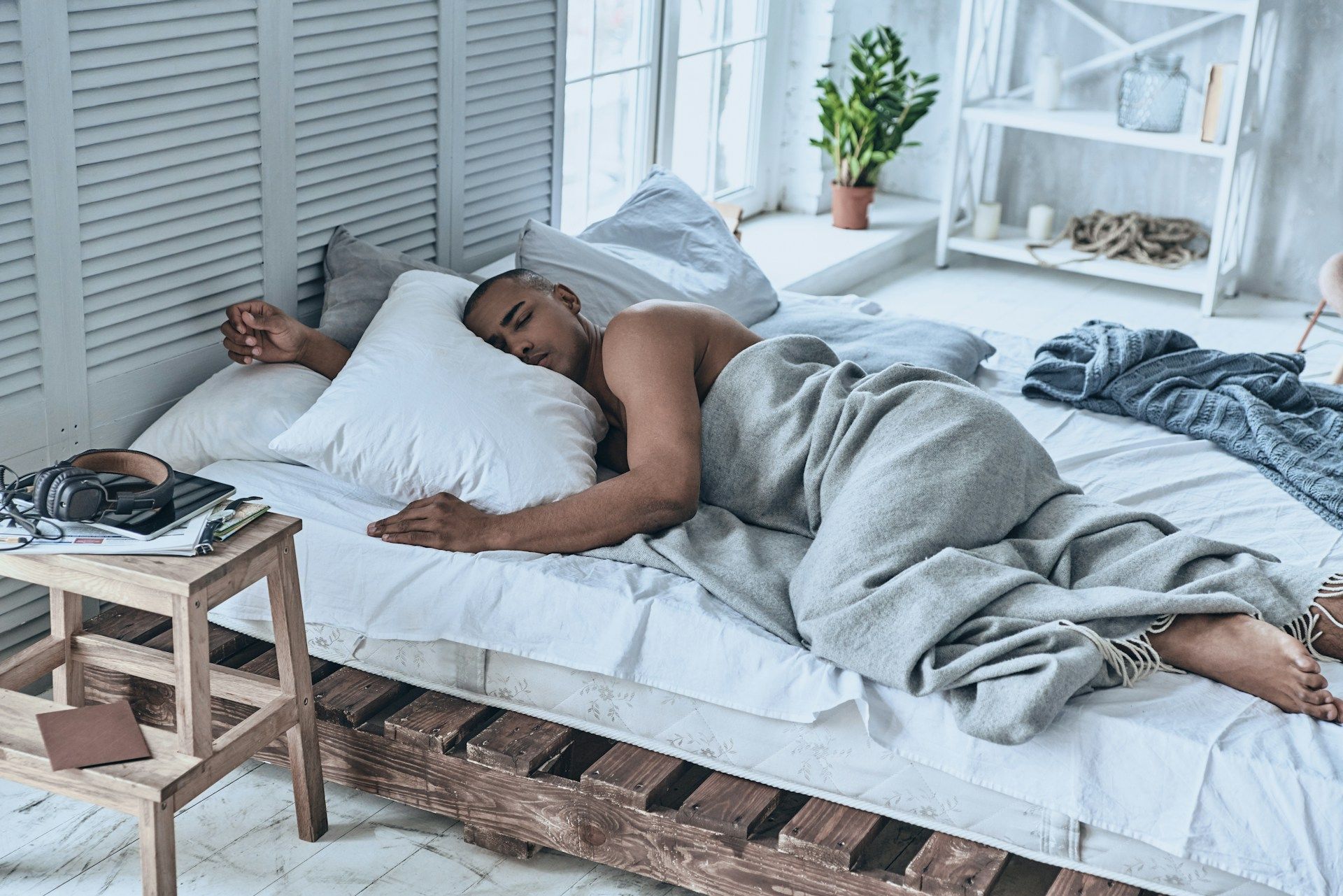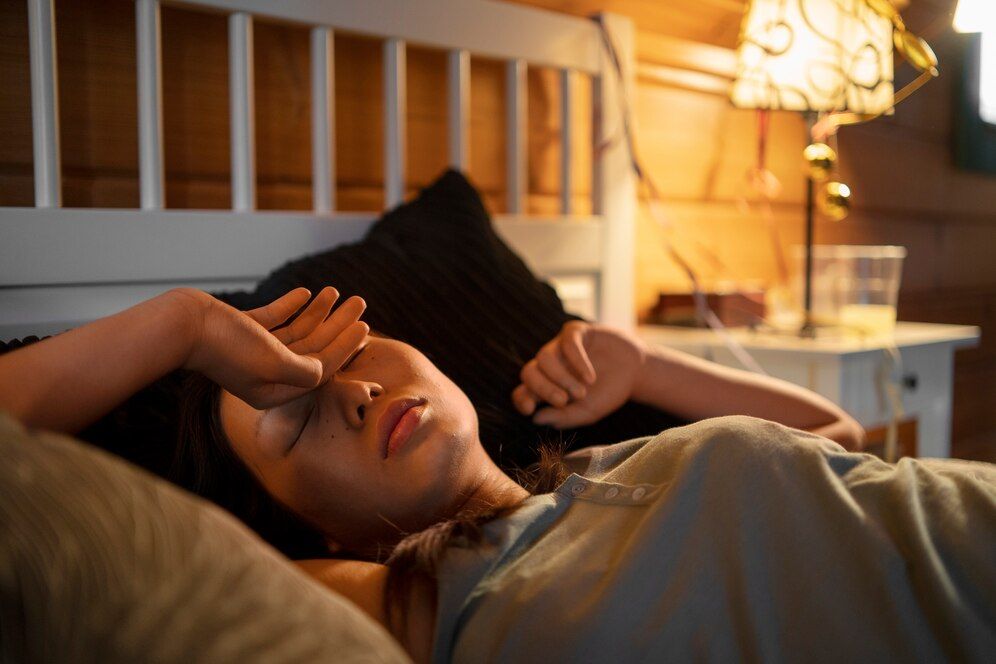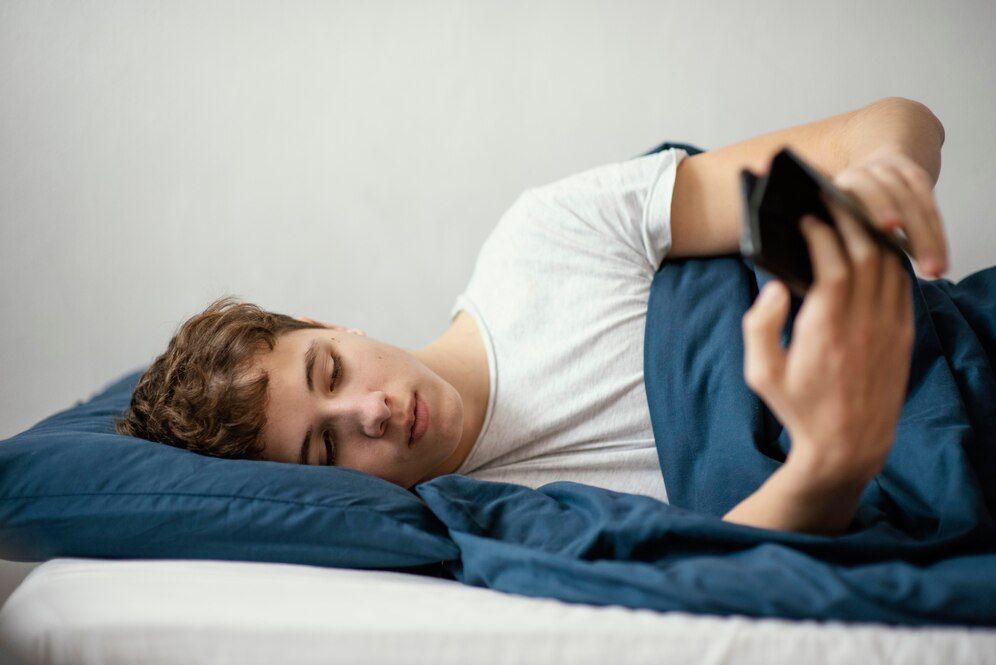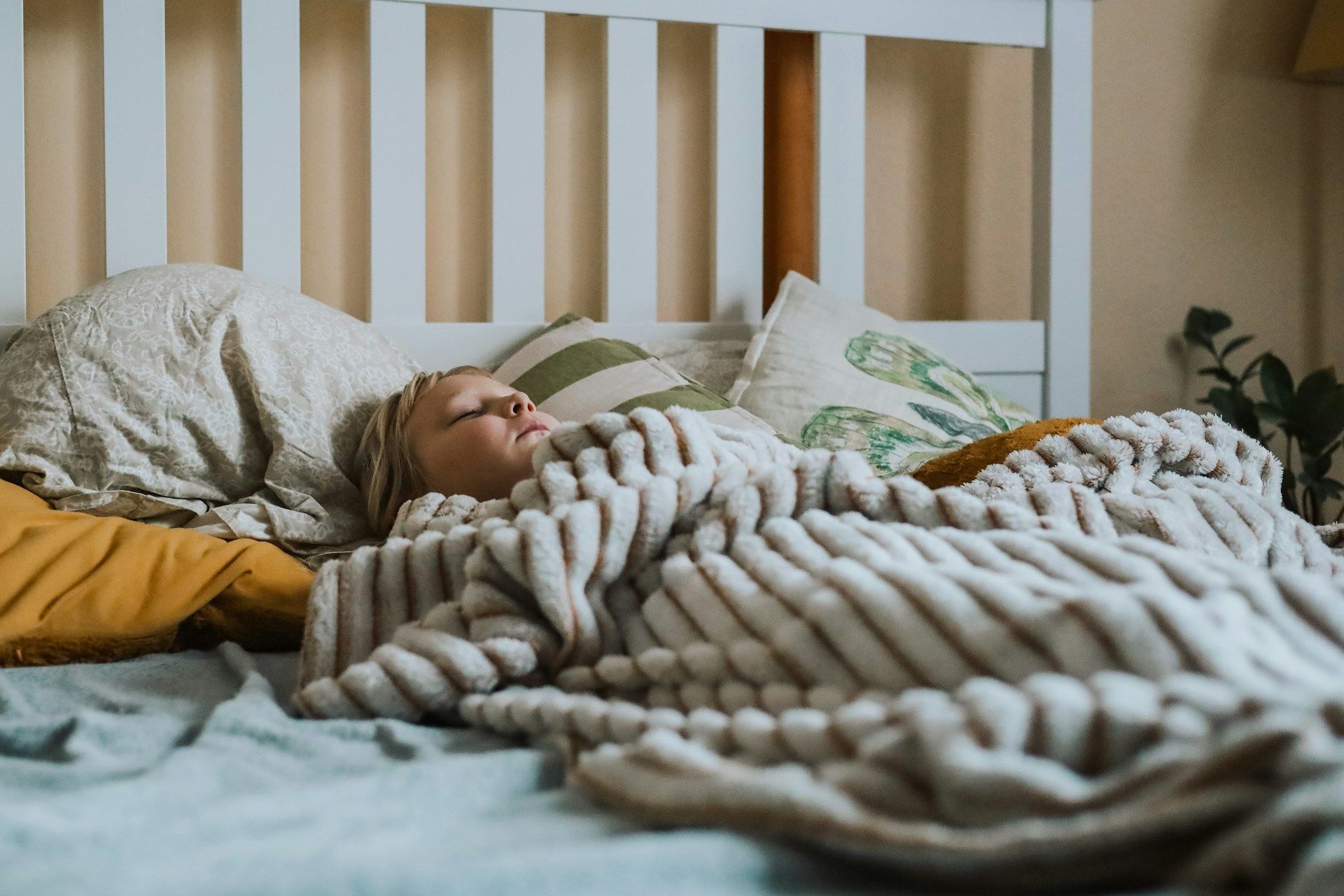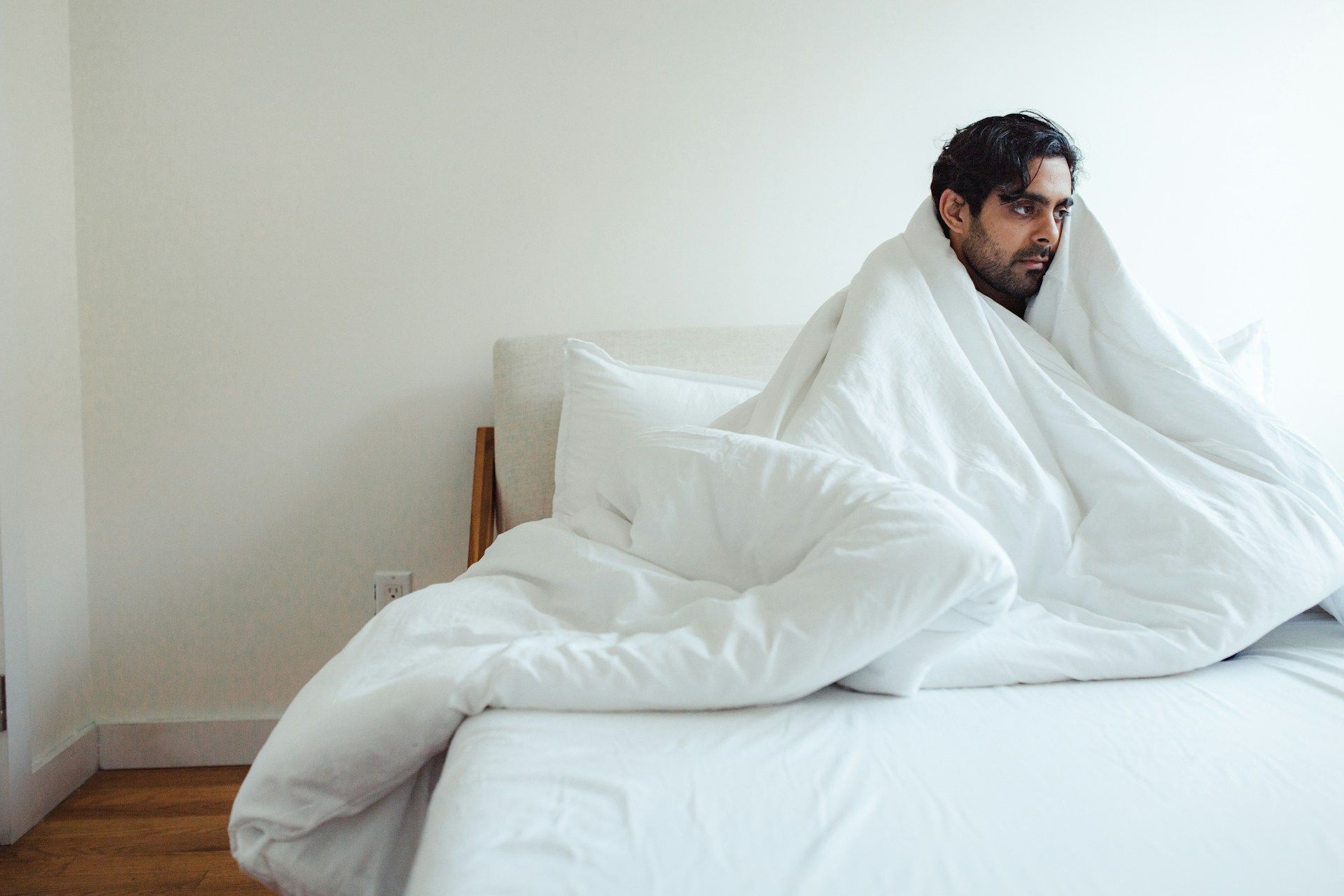Children and Sleep Apnea: Recognizing the Signs and Pursuing Treatment Options
Sleep apnea is a sleep disorder that affects individuals of all ages, including children. Compromised sleep quality and interrupted breathing patterns can significantly impact a child's overall health, development, and well-being. As a sleep apnea treatment center in Arlington, WA, Sleep Advantage specializes in offering comprehensive care to patients dealing with snoring or CPAP intolerance. Recognizing the importance of addressing sleep apnea in children, Sleep Advantage is dedicated to providing families with the tools and knowledge necessary to recognize the signs of sleep apnea in their little ones and seek appropriate treatment options.
This informative blog post will discuss sleep apnea in children, elaborating on its potential impact on their growth, development, and health if left untreated. By offering an extensive resource on the signs and symptoms of sleep apnea in children, Sleep Advantage aims to educate parents and caregivers about the importance of early detection and intervention in pediatric sleep apnea cases.
Though sleep apnea is typically associated with adults, it is crucial to acknowledge that children, too, can be affected by this sleep disorder. While pediatric sleep apnea shares some similarities with adult sleep apnea, there are unique aspects and symptoms specific to children. For instance, children with sleep apnea might present with behavioral issues, learning difficulties, or failure to thrive. Therefore, understanding these warning signs can be a valuable asset for parents and caregivers as they monitor their child's sleep habits and overall health.
Children and Sleep Apnea: Recognizing the Signs and Pursuing Treatment Options
Sleep apnea is a prevalent sleep disorder that can affect individuals of all ages, including children. Early detection and intervention are crucial in managing pediatric sleep apnea and ensuring a child's healthy development and well-being. In this comprehensive guide, we will explore the impact of sleep apnea on children, learn to recognize the warning signs and discuss appropriate treatment options.
Understanding Pediatric Sleep Apnea
Sleep apnea is a condition characterized by repeated interruptions in breathing during sleep, resulting in poor sleep quality and potential long-term health consequences. While often associated with adults, children can also develop sleep apnea. Pediatric sleep apnea can manifest similarly to adult sleep apnea, but there are also unique symptoms and effects to consider in children:
1. Obstructive Sleep Apnea (OSA): The most common form of pediatric sleep apnea, OSA is typically caused by partial or complete blockage of the airway during sleep, often due to enlarged tonsils or adenoids.
2. Central Sleep Apnea (CSA): Less common in children, CSA occurs when the brain does not send proper signals to the muscles responsible for controlling breathing.
3. Sleep-Related Hypoventilation: This involves shallow or slow breathing that does not provide adequate oxygen or remove enough carbon dioxide, potentially leading to low oxygen levels and high carbon dioxide levels in the blood.
Recognizing the Signs and Symptoms of Sleep Apnea in Children
Early identification of sleep apnea in children is essential for ensuring proper treatment and healthy development. Parents and caregivers should be aware of the following signs and symptoms that may indicate sleep apnea in their child:
1. Loud or frequent snoring
2. Pauses in breathing during sleep, followed by gasping or choking sounds
3. Frequent awakening during the night, often accompanied by restlessness
4. Bedwetting after previously being dry at night
5. Difficulty waking up in the morning, despite apparent adequate sleep
6. Daytime sleepiness or fatigue
7. Behavioral issues, including hyperactivity, inattention, or irritability
8. Decline in academic performance or learning difficulties
9. Failure to thrive, marked by slow weight gain or growth
Potential Health Consequences of Untreated Pediatric Sleep Apnea
If left untreated, sleep apnea can adversely affect a child's overall health and development. Some potential consequences of untreated pediatric sleep apnea include:
1. Cardiovascular Problems: Sleep apnea can lead to increased blood pressure, abnormal heart rhythms, or even heart failure.
2. Growth and Development: Sleep disruptions can interfere with the release of growth hormones, leading to poor growth or failure to thrive.
3. Cognitive and Behavioral Issues: Insufficient sleep and disrupted breathing patterns may result in learning difficulties, memory problems, impulsivity, and attention deficits.
4. Emotional Health: Children with untreated sleep apnea may experience mood swings, anxiety, or depression.
Treatment Options for Children with Sleep Apnea
Once sleep apnea is identified in a child, it is crucial to pursue appropriate treatment options to ensure the child's healthy development and well-being:
1. Removal of Tonsils and Adenoids (Adenotonsillectomy): This surgical procedure is often the first line of treatment for pediatric OSA, as enlarged tonsils or adenoids are common causes of airway obstruction in children.
2. Continuous Positive Airway Pressure (CPAP) Therapy: Similar to adult treatment, a child-sized CPAP machine delivers pressurized air through a mask to help maintain an open airway. However, this treatment requires the child's cooperation and may not be suitable for all children.
3. Oral Appliance Therapy: Custom-fitted dental devices can help reposition the jaw and tongue during sleep, preventing airway obstruction. These devices may be useful in cases where CPAP therapy is not well-tolerated.
4. Medications: Certain medications, such as nasal corticosteroids or montelukast, may help alleviate inflammation in the airway, improving sleep apnea symptoms in some children.
5. Positive Lifestyle Changes: Encouraging healthy habits, such as maintaining a balanced diet, engaging in regular exercise, and adhering to a consistent sleep schedule, can help support overall health and may alleviate mild sleep apnea symptoms in children.
6. Sleep Position Modification: Teaching children to sleep on their side or elevating their heads during sleep can help prevent airway obstruction and may be beneficial in some cases.
Conclusion
Pediatric sleep apnea, if left untreated, can have serious effects on a child's health, development, and overall well-being. Sleep Advantage is committed to providing a comprehensive approach to treating sleep disorders in both children and adults. By addressing the often-overlooked subject of pediatric sleep apnea, we can help parents and caregivers ensure a healthy future for their children by recognizing and addressing sleep apnea symptoms and providing effective treatment options and
alternatives to CPAP. Contact us today.


